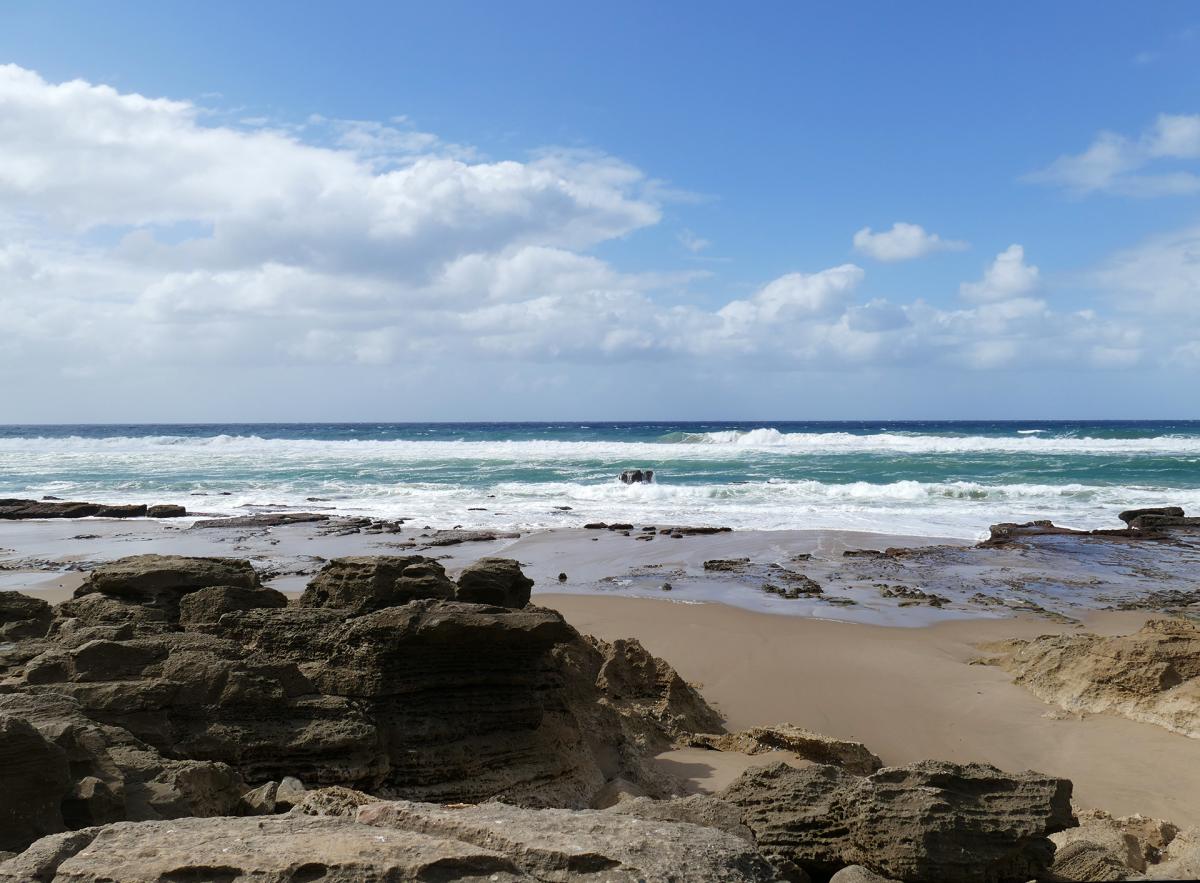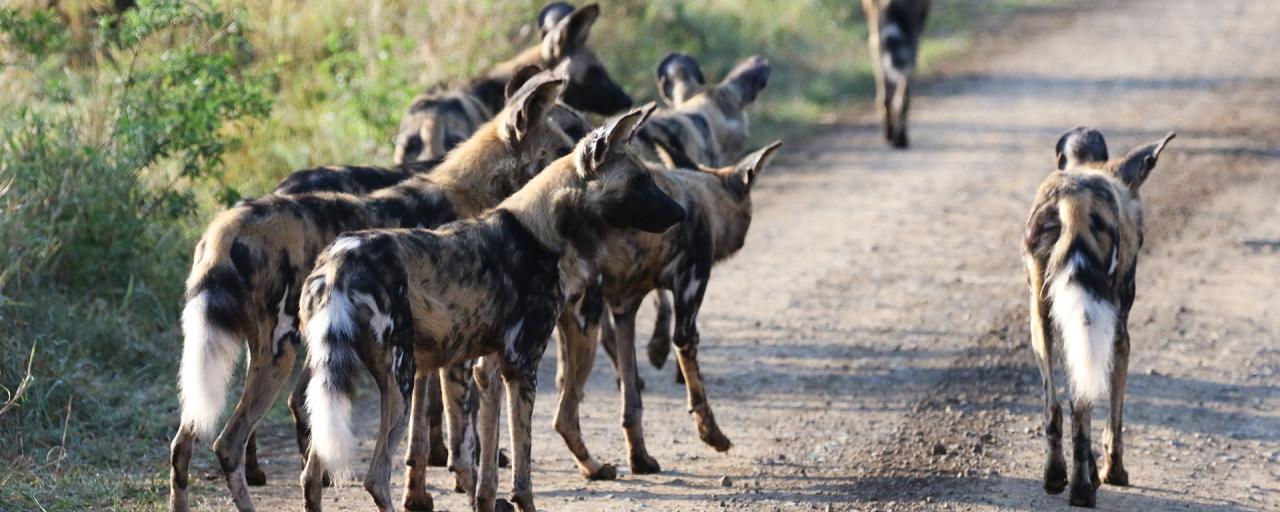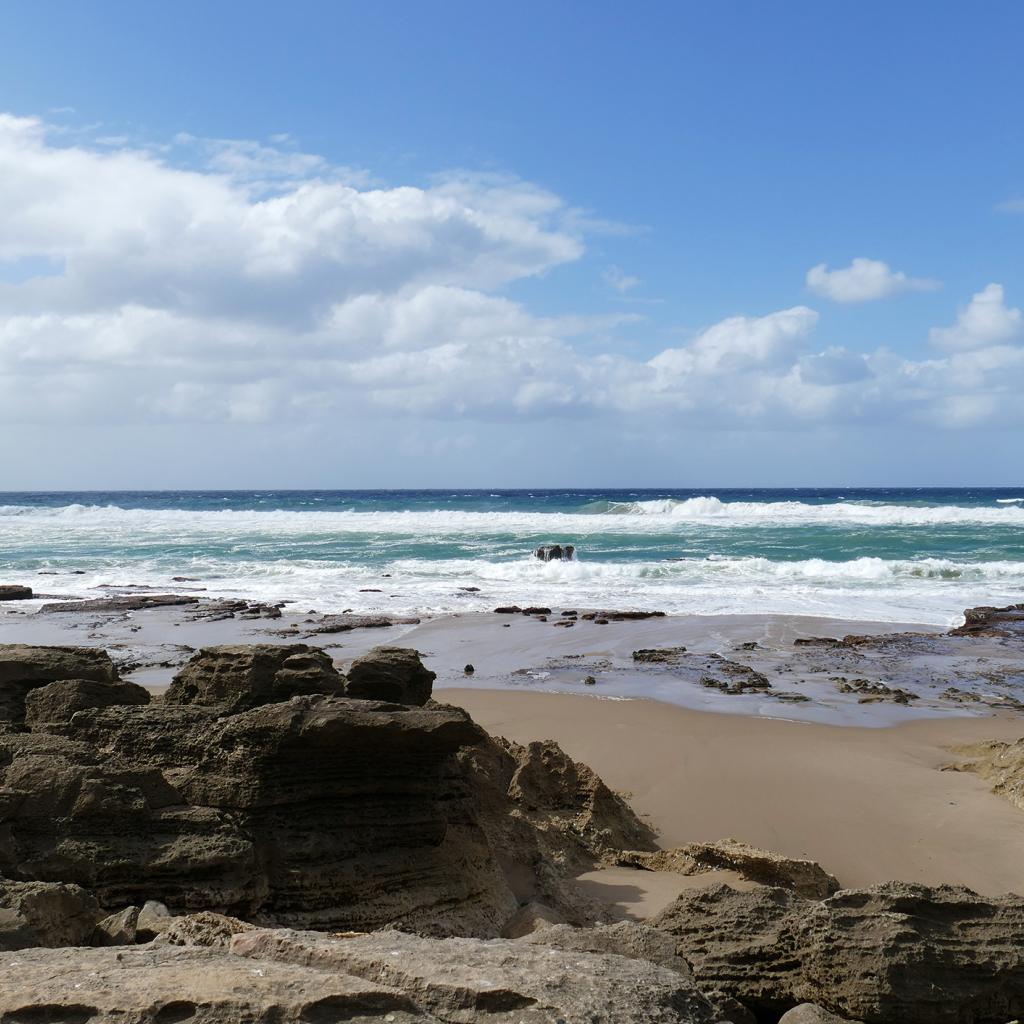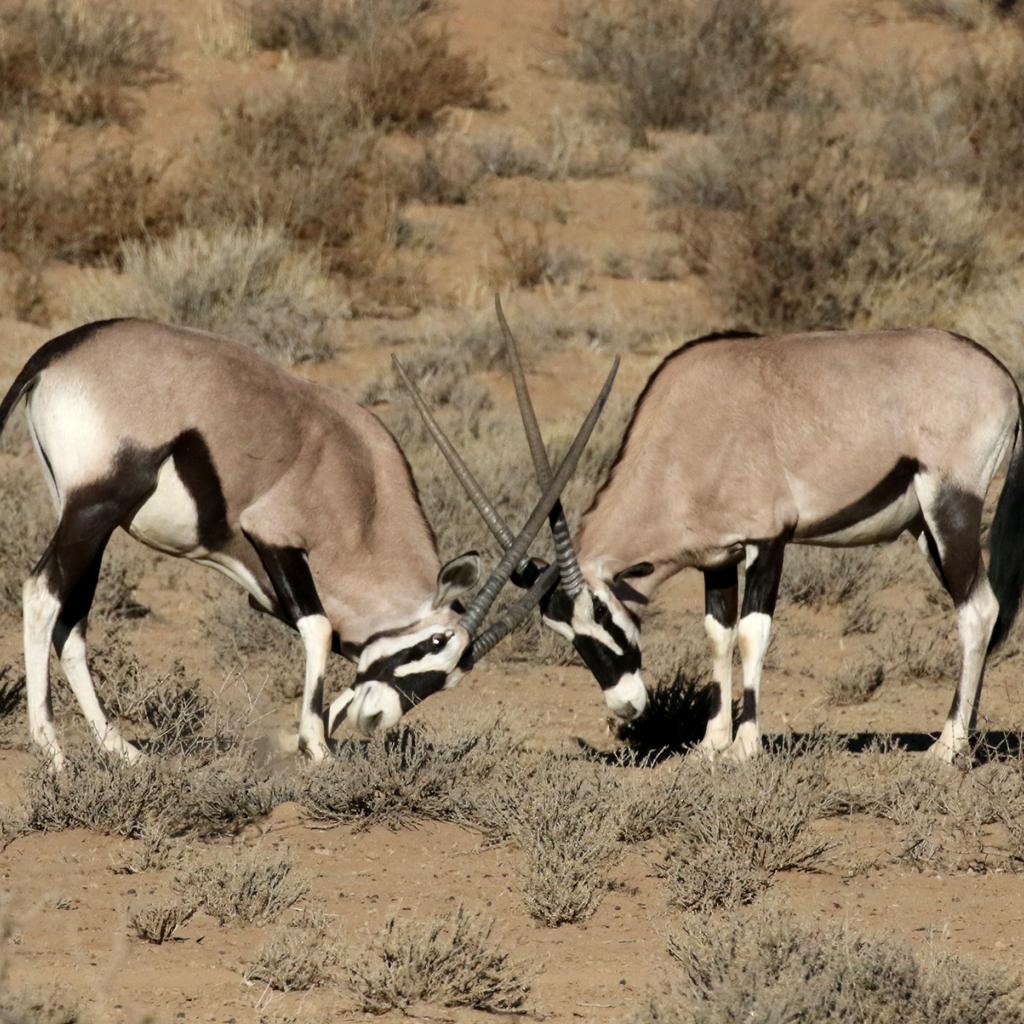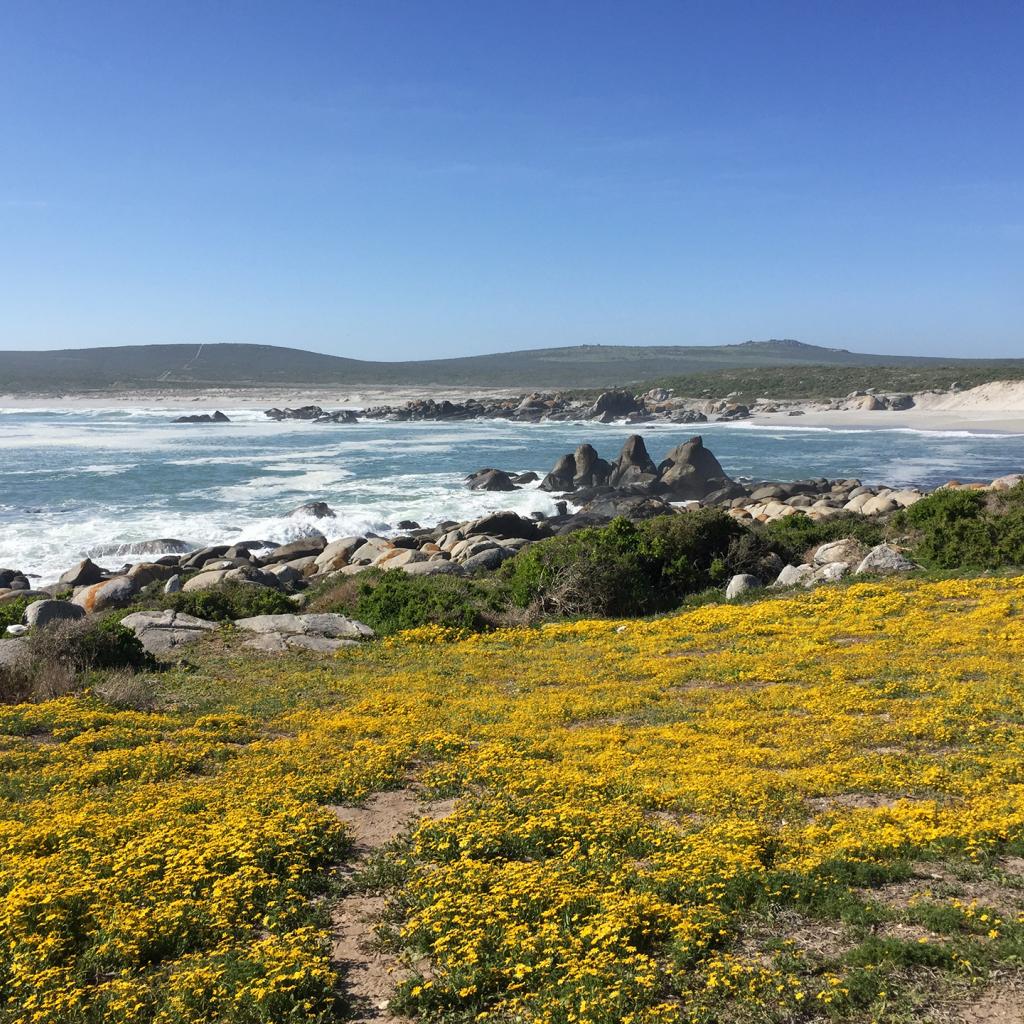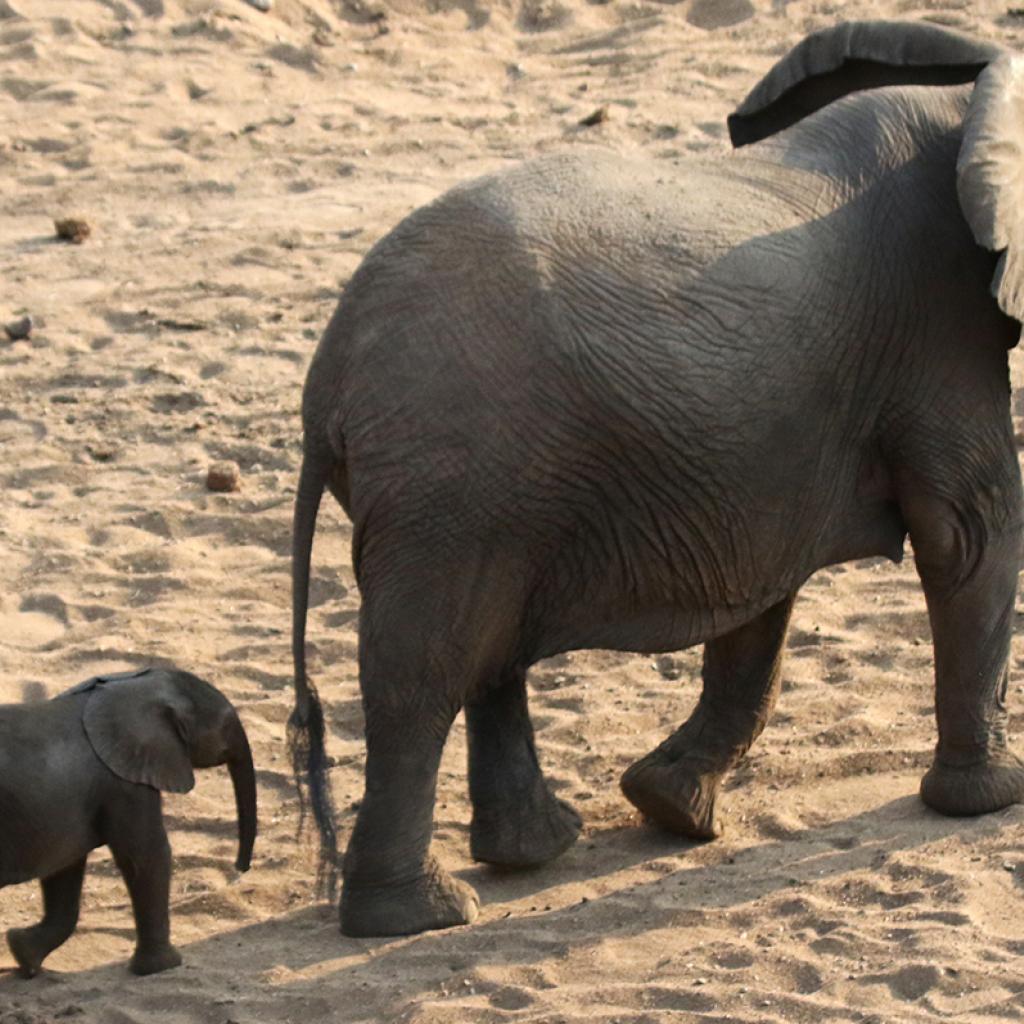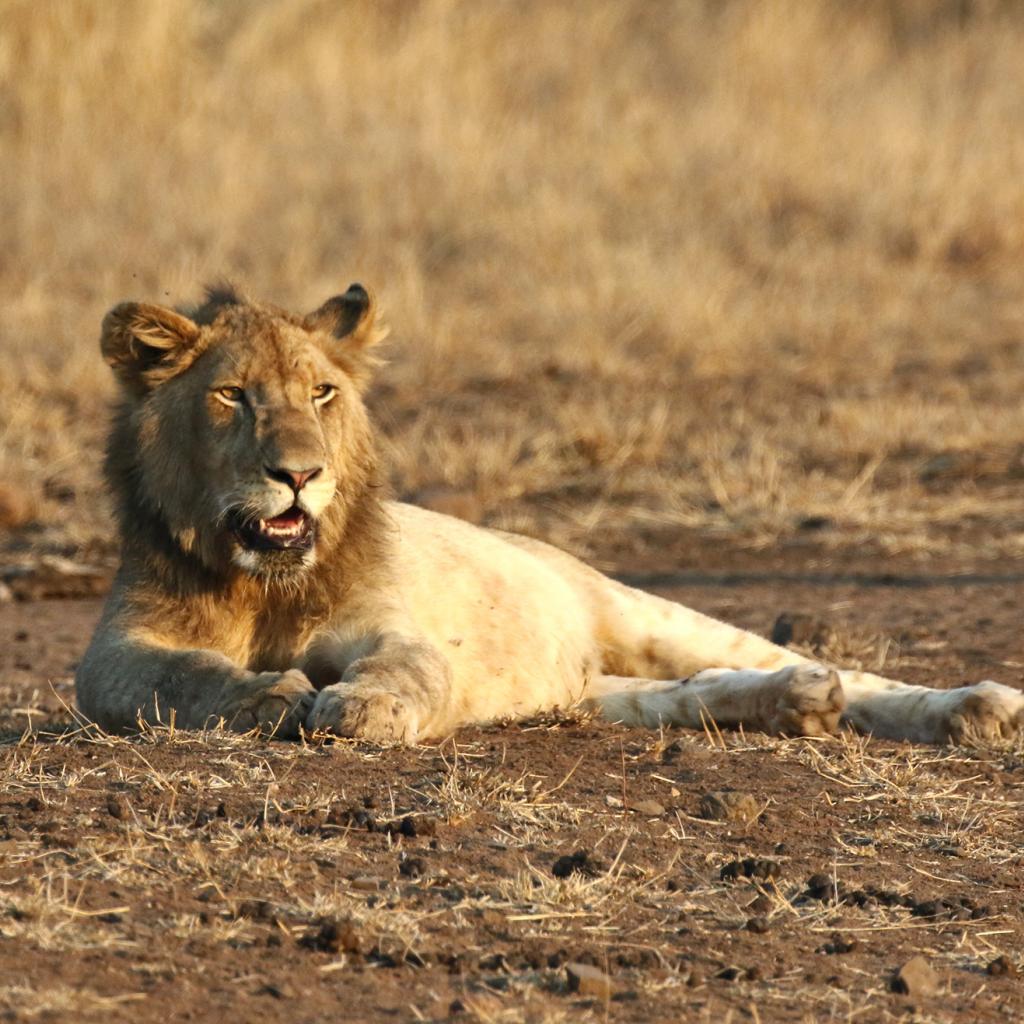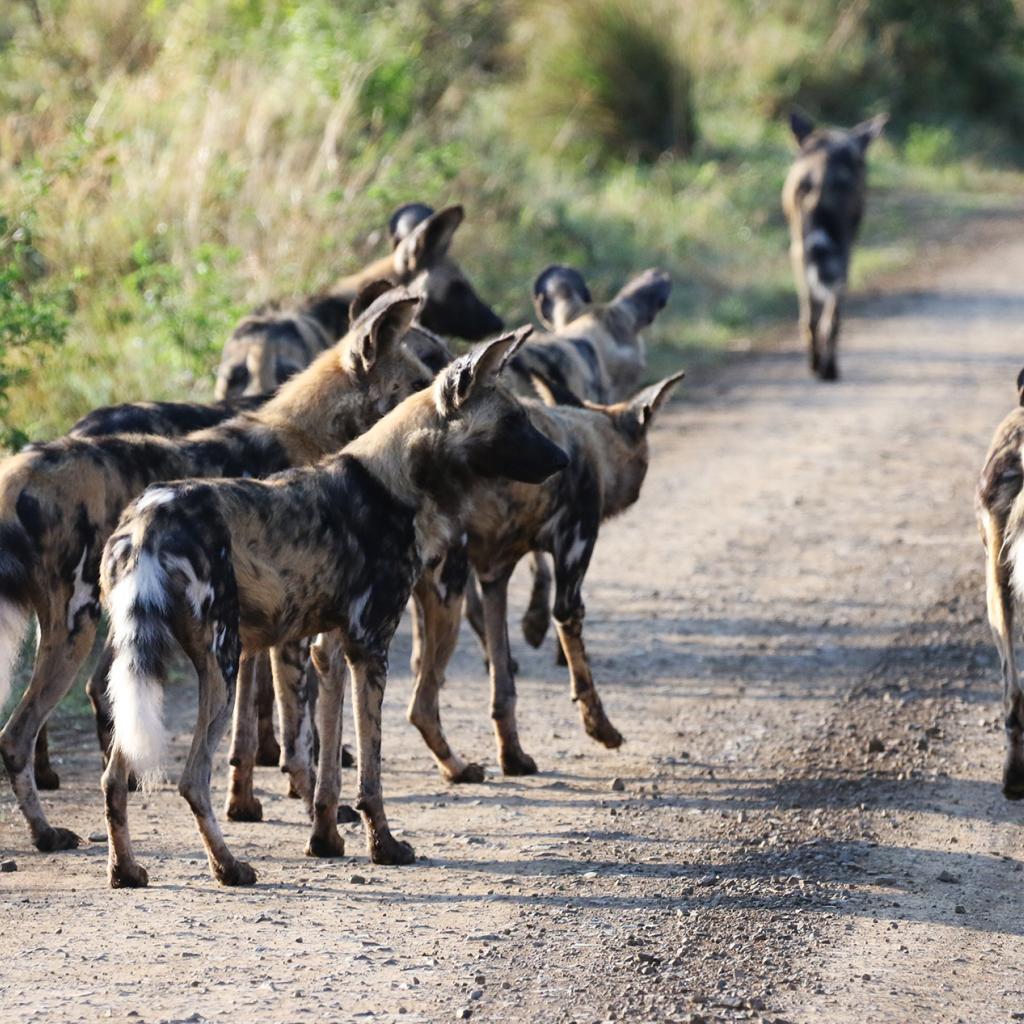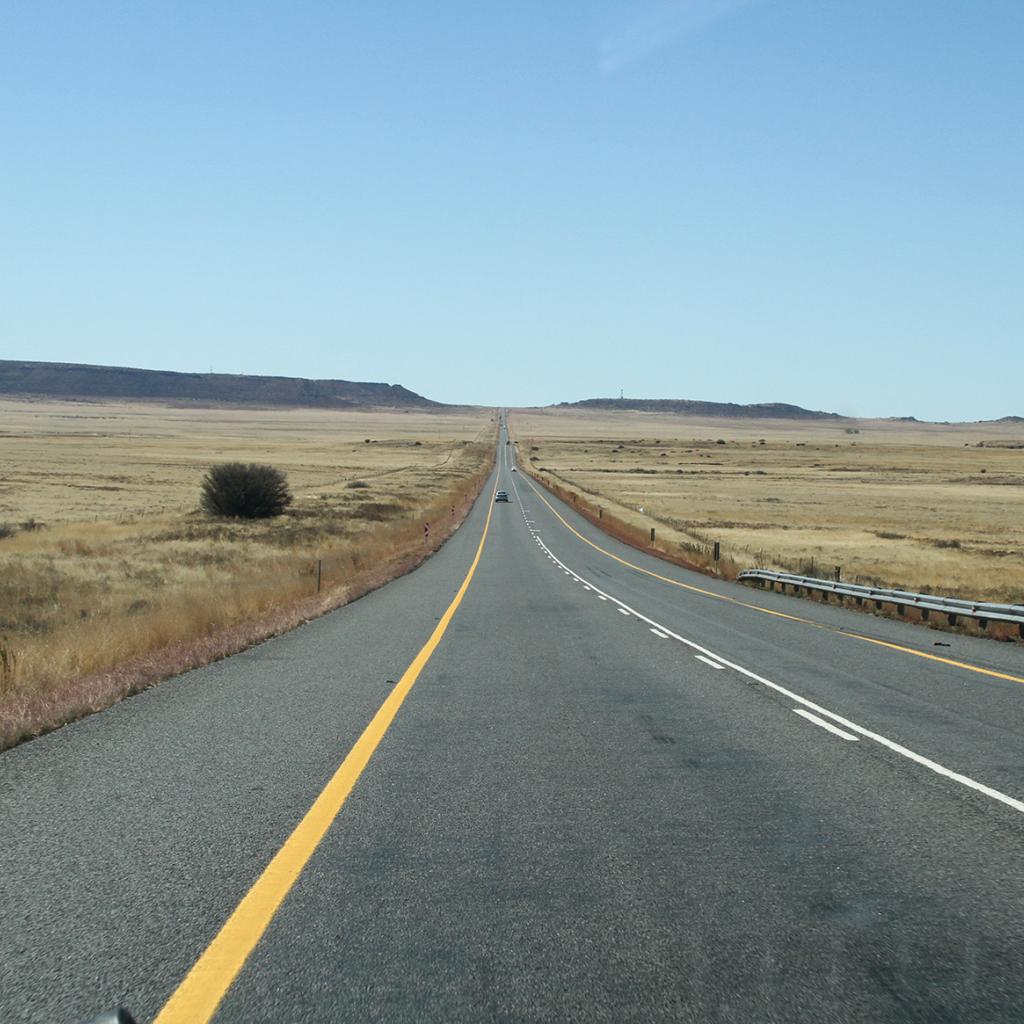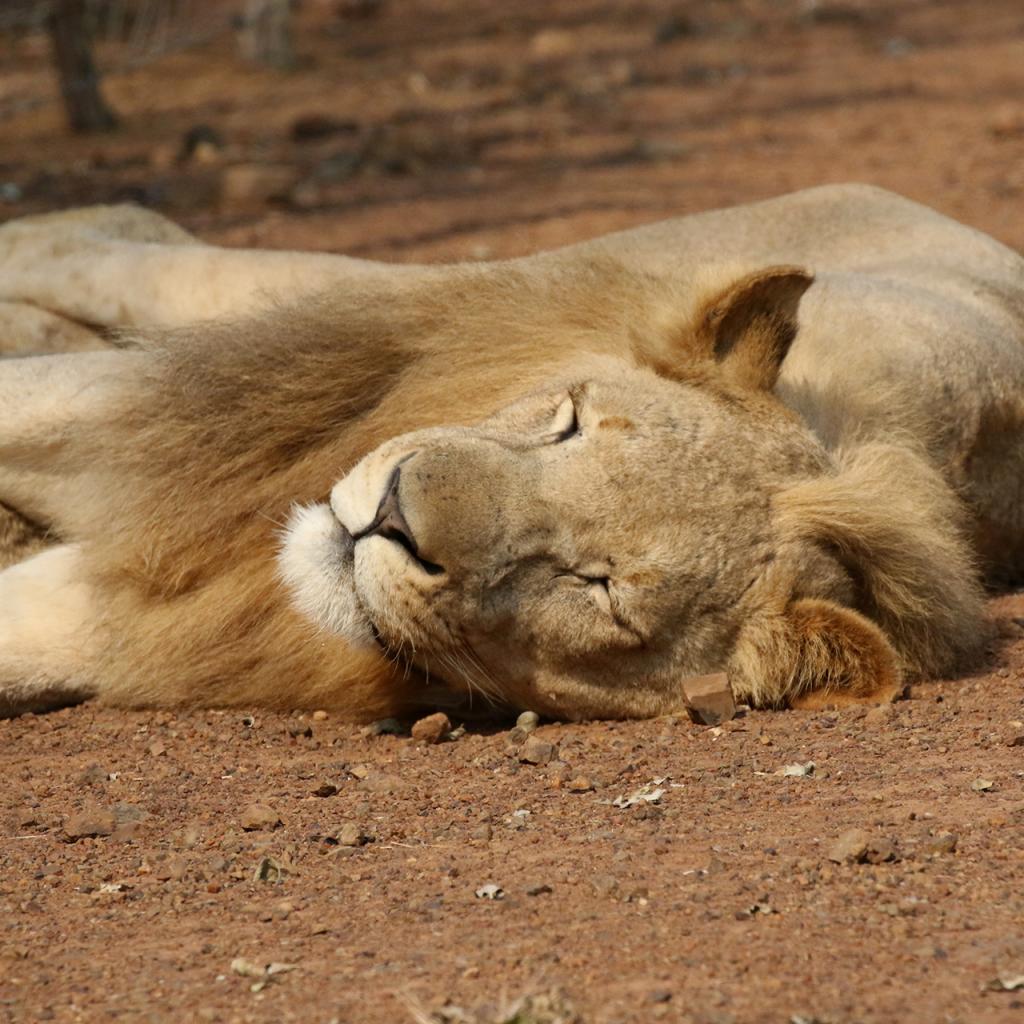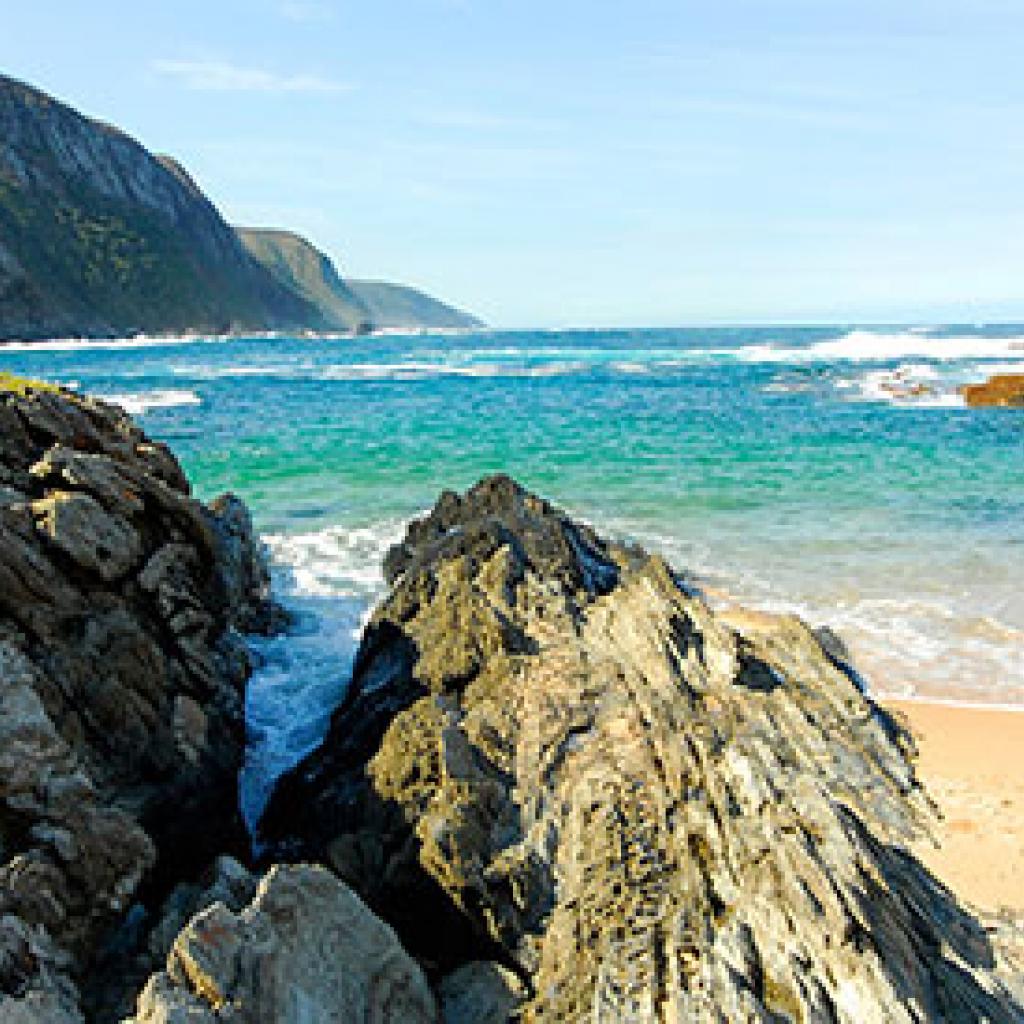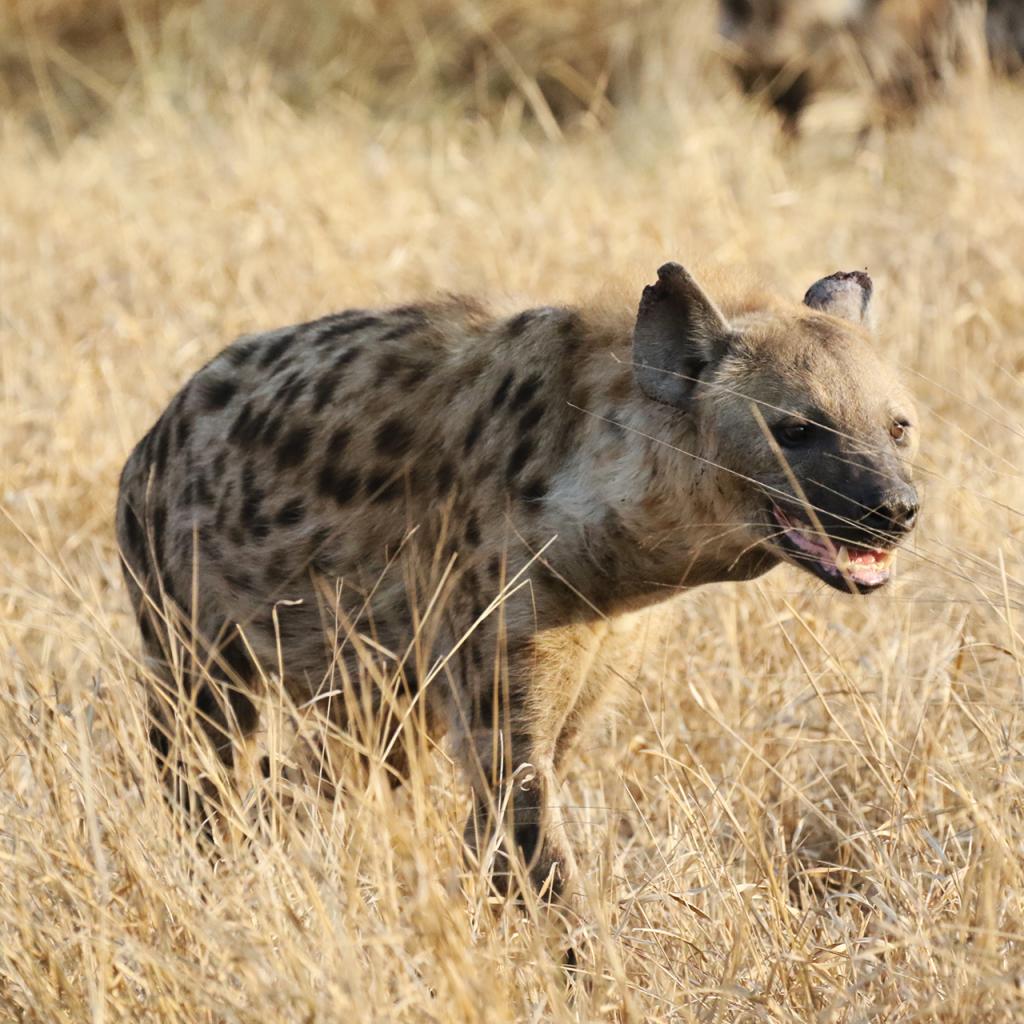The province of KwaZulu-Natal is located in South-East South Africa and is bordered by three South African provinces and three sovereign states. It is also the most populous province in the country and home to the most populous city after Johannesburg: Durban, the capital is Pietermaritzburg.
Geographically, the province borders the province of Mpumalanga to the North, with the Free State to the West and with the province of the Eastern Capeto the South-West, it also borders with other independent states; Mozambique and Swaziland to the North-East and Lesotho to the South-West.
The province of KwaZulu-Natal consists of three different geographical areas: a plain along the coasts of the Indian Ocean, the plateau of the central region of Natal, finally the Drakensberg mountainsto the West and the Lobombo mountainsto the North; the mountain landscapes then alternate with savannahs, lagoons and ocean beaches; here it is also possible to meet the last settlements of the Zulu.
In the territory of KwaZulu-Natal, in the past, the Boer province of Natal was present; this area was named after the Portuguese explorer Vasco da Gama, who sighted this stretch of coast on Christmas day of 1497.
In 1994, after the apartheid period, the Natal province was united with the Bantustan of KwaZulu, the name used to identify the land inhabited by the Zulu, that represents the largest ethnic group in the province; thus the KwaZulu-Natal province was established.
What to see in the KwaZulu-Natal province
The main city of the province is Durban that, thanks to the 2010 World Cup hosted in South Africa, has seen a new rebirth: this has allowed it to rebuild its look and aspire to be a trendy city like Cape Town, in Western Cape province.
The name of Durban in the Zulu language is "Thekwini" that means "the place where the earth and the ocean meet" and its modernized promenade, overlooking an immense golden beach, is absolutely not to be missed; the waves of the Indian Ocean allow, for lovers of this sport, to practice surfing.
Durban is home to a large community of inhabitants of Indian descent, who have come here in past centuries to trade; their presence is evident in the city's markets and in the street signs that are written in Hindi as well, also in the city there is one of the largest Hindu temples outside the Indian territory.
The coast located in the Northern part of the province is called the Elephant Coast,in the past this area was called Maputaland.
Here you can admire incredible coastal landscapes, with miles of pristine beaches, you can also practice diving in the clear waters of the Indian Ocean. Moreover, in this area, in the months between November and January, it is possible to observe the leatherback turtles and the loggerhead sea turtles while laying their eggs on the beaches; while from August to October it is possible to see the passage in these waters of the humpback whale.
The province of KwaZulu-Natal hosts on its territory two UNESCO World Heritage sites, the areas of iSimangaliso Wetland Parkand uKhahlamba Drakensberg Park.
The iSimangaliso Wetland Park extends along the stretch of coast that goes from the border with Mozambique to the St. Lucia lake; it is an enchanting park that protects five different ecosystems, here are beautiful coral reefs, marshes, a network of lakes, beaches, dunes and finally tropical coastal forests.
iSimangaliso means "miracle" and well represents both the beauty of the place, with beaches that are an area of reproduction of the turtles, and the great strategy adopted to bring the park back to its former glory, after a nefarious environmental policy followed in the past.
In the Drakensberg region, the "dragon mountains", the mountains dominate the landscape, in this region there is another place that was declared a World Heritage Site by UNESCO in 2000, it is the uKhahlamba Drakensberg Park.
The park is famous both for the protection it offers to an important population of white rhinos and because it houses the largest group of rock carvings of the Bushmen, the San, who inhabited these lands since ancestral times, before being exterminated by white settlers when they came to these lands.
In the province of KwaZulu-Natal there is another unmissable natural wonder: the Hluhluwe-iMfolozi National Park; in this park it is possible to take photographic safaris in search of the Big Five and enjoy the beautiful natural scenery that the park offers, many prefer the Hluhluwe-iMfolozi to the most famous and crowded Kruger National Park.
In the park you can admire many animals including lions, leopards, elephants, buffalos, giraffes, wild dogs, numerous species of antelopes and, above all, many rhinos, both white and black, a true paradise for nature photographers.
The KwaZulu-Natal province is also home to a number of nature reserves and very interesting parks, including the Tembe Elephant Park on the border with Mozambique and home to several elephant herds, the Oribi Gorge Nature Reserve, a very beautiful wildlife area where you can spot numerous animals and birds, the Ithala Game Reserve with white and black rhinos, the Ndumo Game Reserve and the Spioenkop Nature Reserve, both rich in bird and mammal species, including numerous rhinos.
But in addition to nature, the region offers the opportunity to learn more about the Zulu culture, there are still some traditional villages that show and illustrate the traditions of the indigenous population of this area; the Zululand has a particular administrative system that recognizes a local authority to the king of the Zulu.
